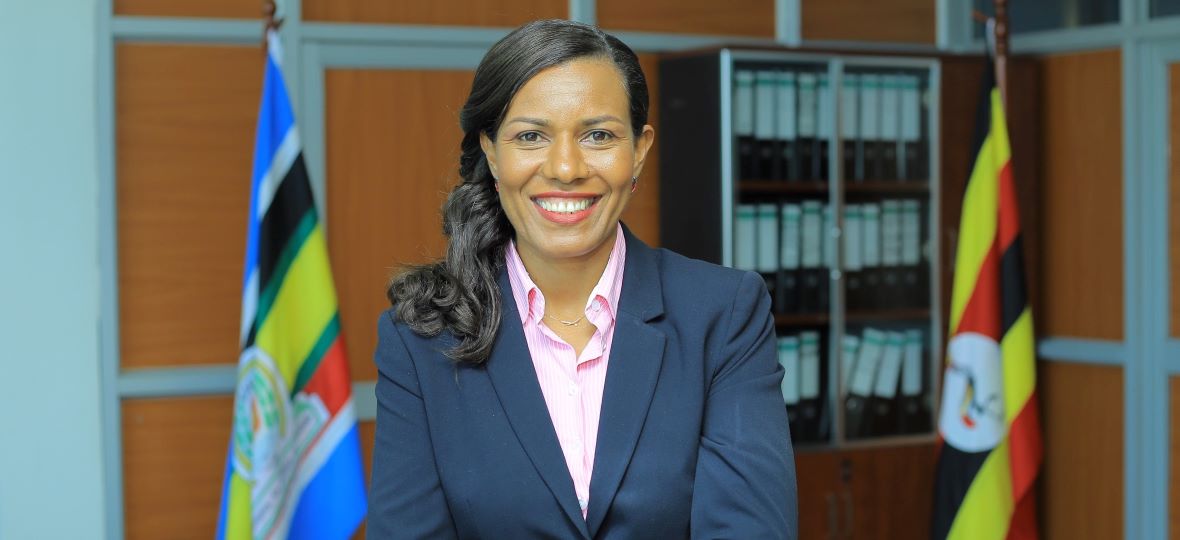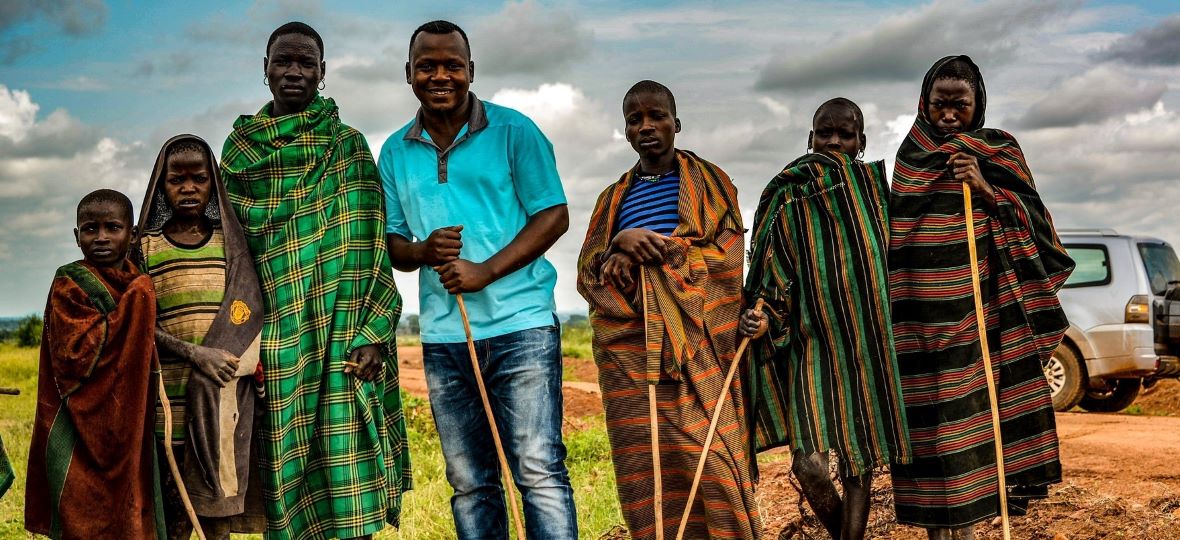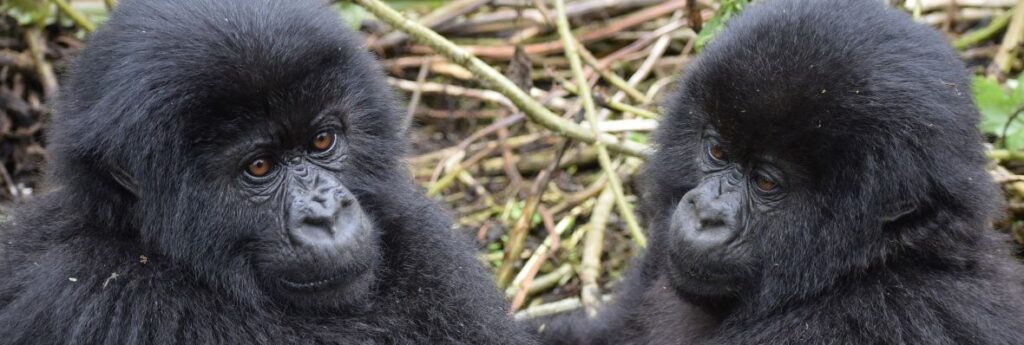Winston Churchill clearly had a way with words, so it’s of little surprise then that his description of Uganda as “The Pearl of Africa” has stuck. Nowadays the nickname is familiar as a tourism slogan for the east African nation, which counts diverse wildlife viewing, dramatic landscapes, and immersive cultural experiences amongst its attributes.
“Uganda packs a punch. It has all Africa in one small, sweet package,” elaborates Renata Snidr of Toronto-based Prestige Discoveries, which, as a member of the Alliance of Pioneer Travel Operators (APTO), recently hosted a trade webinar on the destination featuring Uganda Tourism Board CEO Lily Ajarova and Lesley Harris, managing director of local tour operator Venture Uganda.
Snidr suggests that Uganda has been trending as an “it” destination, an opinion borne out by visitor numbers that have grown substantially in the past decade or so, reaching nearly two million arrivals a year before the pandemic, according to Ajarova.
“Uganda is looking out for different markets and we are keenly looking at the Canadian market as one of our key markets,” she says, adding that based on the number of Canadians who already visit, “We are very excited, and motivated, to invest more into the Canadian market.”

Of course, most Canadians and others go to Uganda to see its famed mountain gorillas, with the country home to over 50 percent of the world’s population.
Centred largely in Mgahinga National Park and in the Bwindi Impenetrable Forest (a world heritage site), the endangered primates are protected, and the population is growing. Year-round access enables visitors to trek along forest trails past waterfalls, rivers, and swamps to see the gentle giants, as well as baboons and other types of monkeys.
“It’s really the place to be,” enthuses Snidr. “It’s absolutely phenomenal and you’re so close, you can almost touch them.”
But while gorillas are the go-to highlight of Uganda, there is much more to see, and Snidr and co. offered a bucket list of experiences:
ANIMALS
• A game drive in the national parks may reveal Africa’s Big Five animals (lion, leopard, elephant, rhino, and buffalo), as well as giraffe, zebra, chimpanzee, hippopotamus, crocodile, amongst other animal, and more than half of all bird species found in Africa
.
• Besides gorillas, Uganda has over 5,000 chimpanzees, approximately 50 of which can be viewed, notably at the Ngamba Island sanctuary for orphan rescues in Lake Victoria. (Stay in the ecolodge).
LANDSCAPE
• Among Uganda’s natural attractions are the snow-capped Rwenzori Mountains; Mount Elgon, the oldest and largest extinct volcano in the world; and expansive Lake Victoria, which forms the source of the Nile River.
• Most importantly, there are 10 national parks, including the most popular, Queen Elizabeth (activities include game viewing, chimpanzee trekking, boat cruises and hot air ballooning), and rugged Murchison Falls national parks. There are also many wildlife sanctuaries and preserves.
• The Sempaya Hot Springs in Semuliki National Park are considered sacred and, according to local tradition, can help women boost fertility and wealth for men.
• Visitors can straddle the equator and put a foot in each hemisphere.
HISTORICAL SITES
• Bahai temple in Kampala
• Neyero prehistoric rock paintings
• Kasubi Tombs of the Buganda kings
• Gaddafi mosque in Kampala (stained glass ceiling)
• Uganda Museum, dating from 1908
CULTURE

• There are 65 tribes with distinct languages and customs that call Uganda home, including the Echuya Batwa (commonly known as Pygmies)
• Folk and ethnic art, particularly carving, is popular and makes popular souvenirs.
• The country boasts a unique and varied gastronomy, and the national drink is waragi (banana gin).
TOURING
• A standard itinerary to cover the country with a company like Venture Uganda is 9-10 days and includes gorilla trekking and Queen Elizabeth Park.
• Visitors also often combine Kenya and Rwanda with Uganda to maximize their African experience (a three-country visa is available), or Tanzania.
SAFARI
“The way you tend to do a safari in Uganda is to move around the different national parks because they each have different animals,” says Lesley Harris. “It’s quite different than a safari you might do in South Africa where you might just go to one park.” Visitors can also see animals by boat, horseback, or even on a mountain bike safari, she adds.
And while Harris acknowledges that Uganda is not the best-known safari destination (compared to Kenya and South Africa), she points out, “We are obviously well known for gorillas – that’s our No. 1 attraction… It’s a special experience and we’re very privileged that these animals allow us into their habitat and tolerate us.”
And when you add chimp trekking and viewing, she says, “In terms of primates, I think we’re unrivalled.”
But she also is quick to state, “We have so much more beyond that: We have all the big game and the Big Five… And the scenery in Uganda is absolutely stunning – it’s so varied, from woodlands and mountains to open water. And people don’t imagine that Uganda is like that, they think it is hot and dry. It is in parts, but it is also green and fertile with many lakes. And the history of these areas and the little islands that are in the lakes enriches the holiday so much.”
NEED TO KNOW
• Book ahead as far as possible to ensure gorilla permits are not sold out, as much as six months to a year for visits to some areas in peak season (Dec.-Feb and June-Sept.)
• Rainy season is typically March-May and Oct.-Nov.
• The best time to visit is at the beginning or end of peak season for a combination of best weather and fewest crowds.
• Yellow fever vaccination is required.
• Visitors during the pandemic require a negative PCR test and must adhere to other COVID-19 protocols.
• The Uganda Tourist Board offers a specialist course for travel counsellors through its regional representatives and Venture Uganda is planning a FAM program in 2021, pandemic permitting.
GETTING THERE
Close to a dozen international airlines, including Air Canada, fly into Entebbe airport in the capital, Kampala.


